
The film is based on a dialogue between young and older generations about life, profession, fame, love, the mission of art, the destiny of man, heroism and the ideals of our time. Conversations of outstanding figures of Russian culture with actors who have recently started their professional path and have already clearly declared themselves in art.

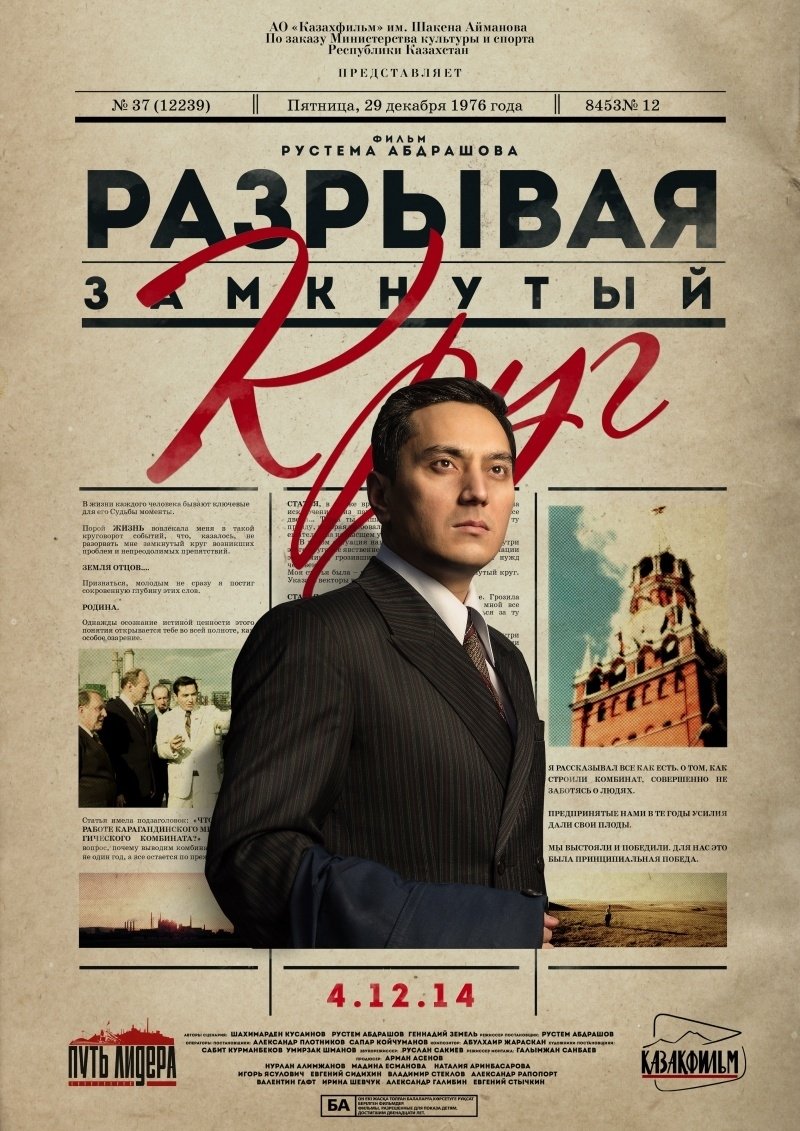
The film tells about Nursultan Nazarbayev who went into politics and made efforts to improve the existing at that time difficult situation in Kazakhstan’s metallurgy.
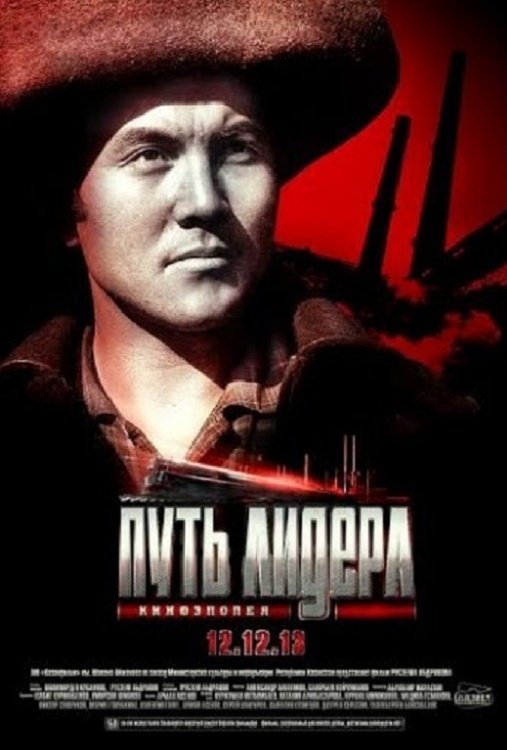
The third part of the epic "The Way of the Leader" tell about the student years of Nursultan Nazarbayev, about the most important stages of his personality formation against the background of key events in the history of the country, when the future of Kazakhstan's industry was being built in the steppes.

The second part of the epic "The Way of the Leader" tells about Nursultan Nazarbayev's student years, about the most important stages of his personality formation set on historical events, when the future of Kazakhstan's industry was being built in the steppes.
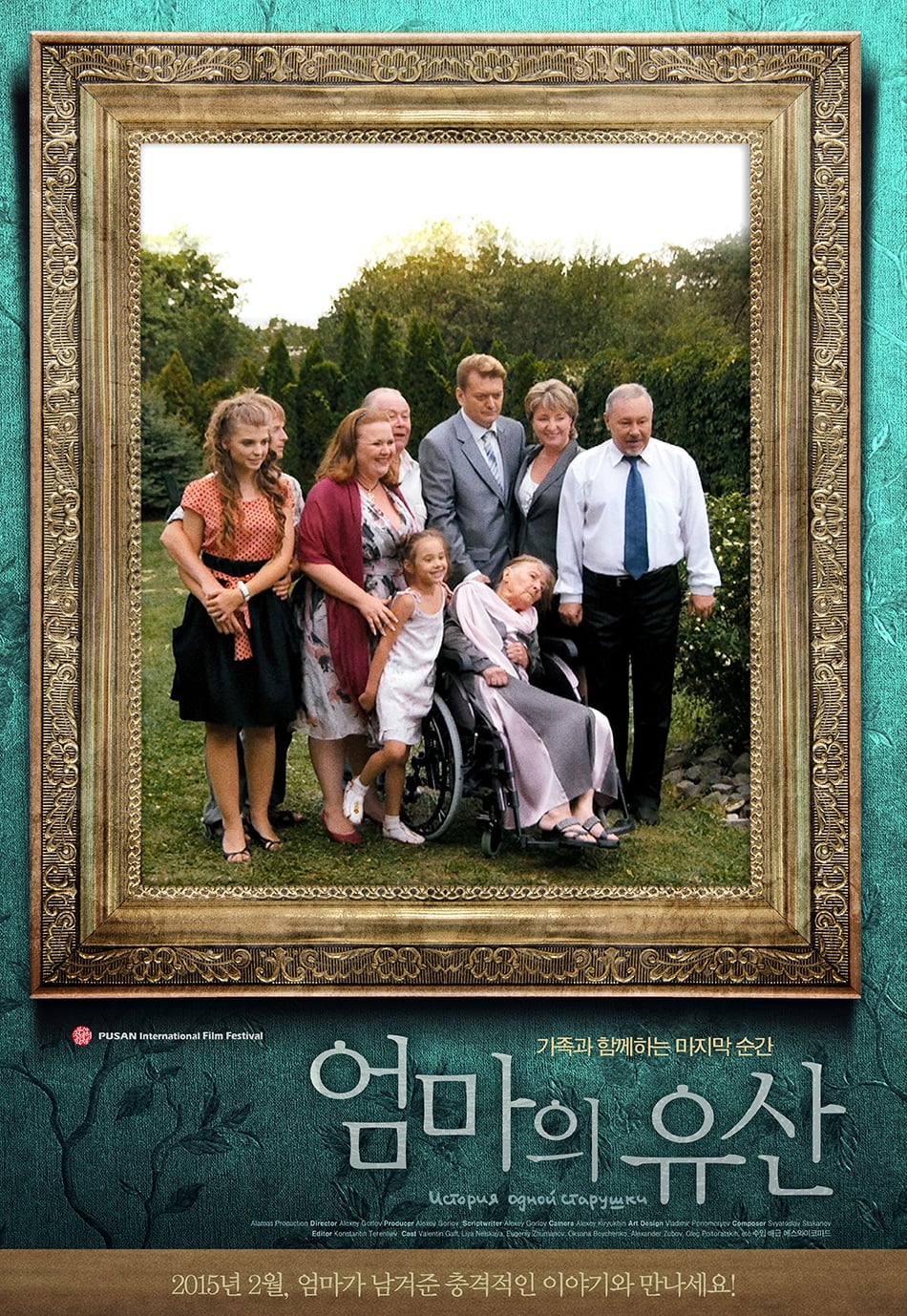
The Story of an Old Woman was filmed in one shot without any cutting or pasting. Annotation from author: In this film I wanted to show how the one person can be violent and aggressive, and the other one helpless and defenseless. Our heroes hide their flaws behind the beautiful words and actions. Unfortunately a betrayal of the family became more common, and the opportunity to get hit in the back from the nearest person is already a reality. The film is about the family relationship, happiness and sorrow. The main thing is to stay human in all circumstances.
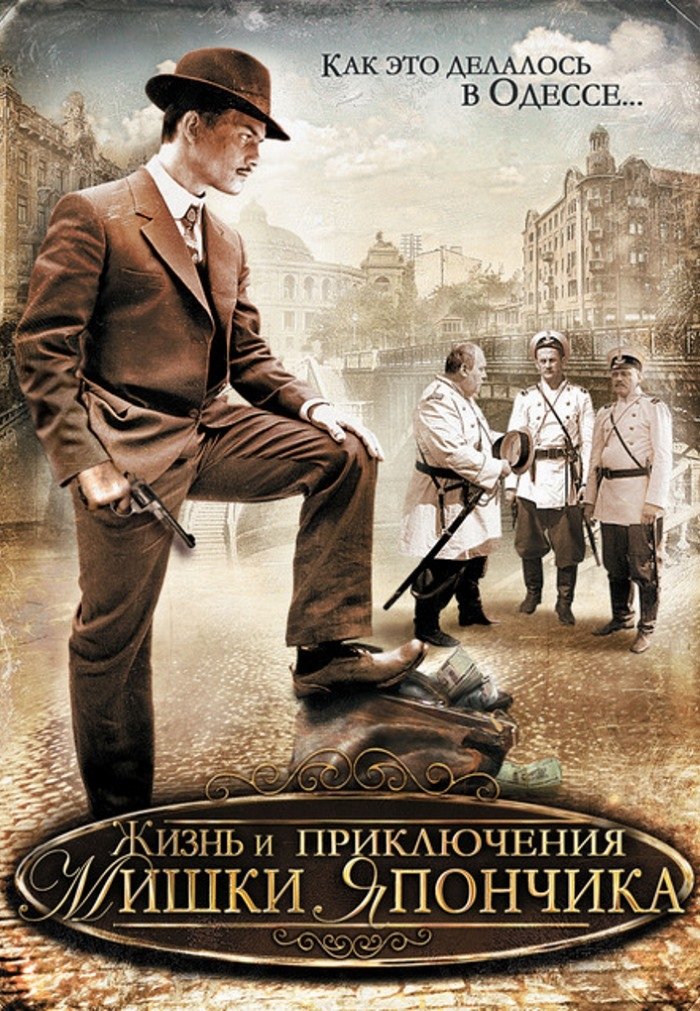
Mishka Yaponchik was a Ukrainian gangster, Jewish, lived in Odessa at the beginning of the XX century, the military leader of two thousand of gangsters and the prototype of Benia Krik in The "Odessa Tales" by Soviet Jewish writer Isaak Babel. Born Moisei Vinnitsky, Yaponchik ("the Japanese") was an exceptional and eccentric character. Hailed as the next Robin Hood, he established his own code of conduct forbidding the robbing of the poor and professional classes.
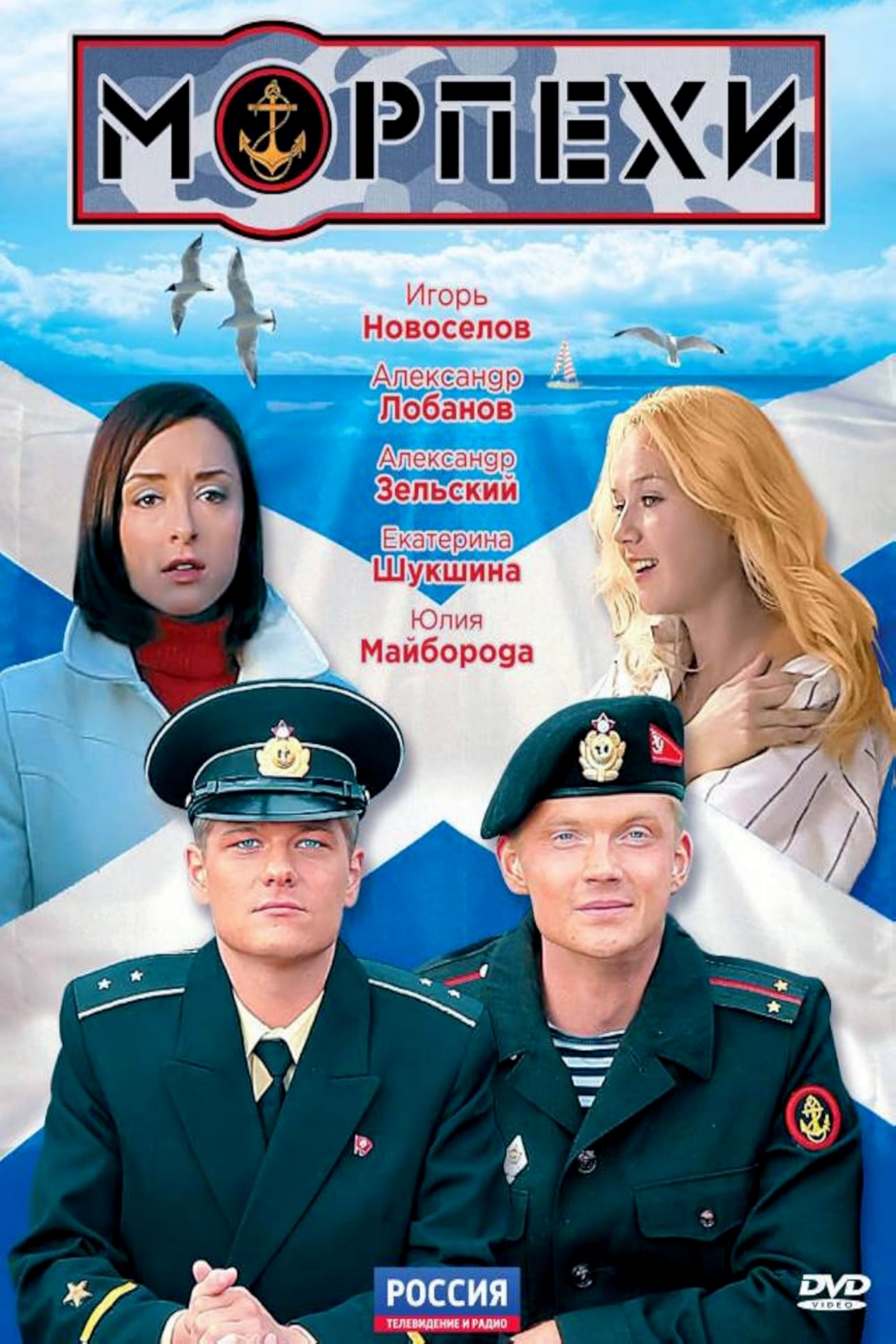
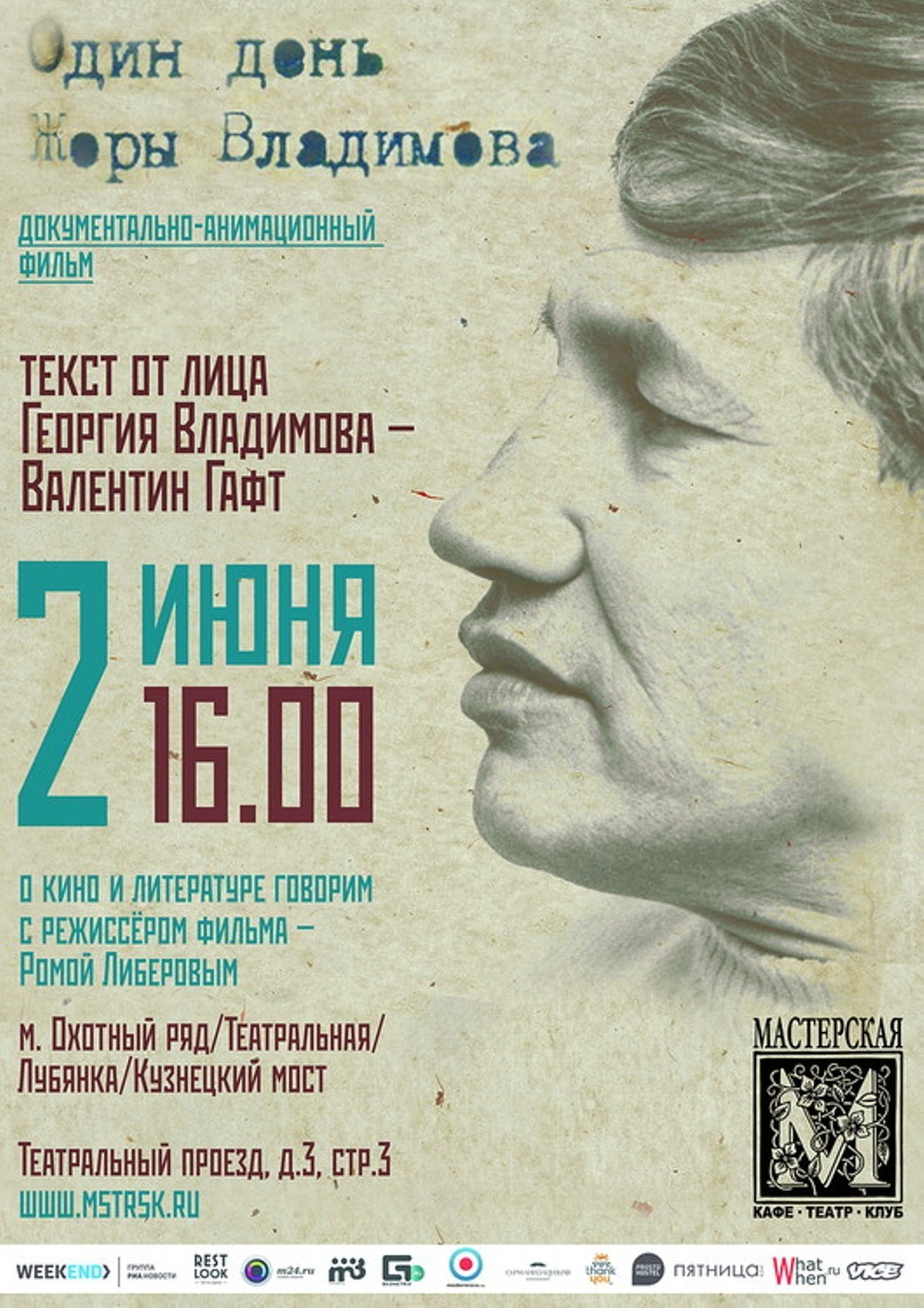
The turning point for Russia is 1991. Exiled from the country, writer, dissident and human rights activist Georgiy Vladimov found himself in a forced, joyless emigration in Niedernhausen. Later, Vladimov will begin writing a novel in three parts, "Long Way to Tipperary," which, according to the plan, would cover the period from August 1946 to August 1991. But he will have time to write only the first part, where he will again and again return to the almost unconscious childish act of one day in August 1946. On that blurry day in memory, cadet-Suvorov student Zhora Vladimov went to support the disgraced writer Mikhail Zoshchenko.
Valentin Yosifovich Gaft was born on September 2, 1935 to Ukrainian parents recently relocated to Moscow. Gaft entered the Moscow Theater School in 1953 at age 18 and made his film debut three years later in Mikhail Romm’s “Murder on Dante Street”. Over a half century of performing Valentine Gaft has been associated with the Mossovet and Leninsky Komsomol Theater troupes and the Sovremennik Theater which Gaft joined in 1969 and where he continues to work to this day. Gaft was named a People’s Artist of the Soviet Union in 1984 and has authored series of highly acidic epigrams satirizing members of the Russian film and theater communities. ----- Content From 12 Presskit http://www.sonyclassics.com/12/externalLoads/12_presskit.pdf -----
By browsing this website, you accept our cookies policy.